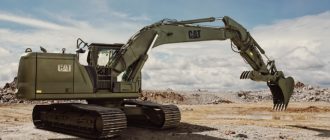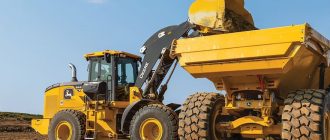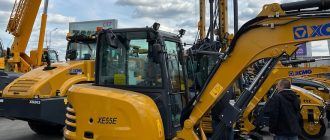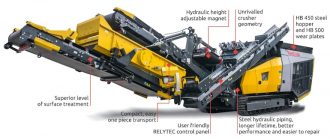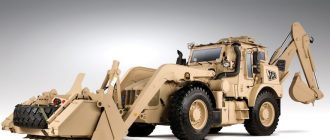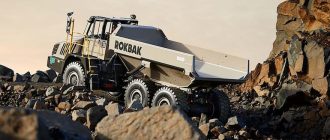- Common Types of Forklifts
- Electric Forklifts
- Internal Combustion (IC) Forklifts
- Order Pickers
- Reach Trucks
- High-Capacity Forklifts
- Pallet Jacks
- Pallet Stackers
- Different Forklift Classes?
- Class I – Electric Motor Riders
- Class II – Electric Motor Narrow Aisle
- Class III – Electric Pallet Jacks / Stackers / Tow Tractors
- Class IV – Internal Combustion Engine Cushion Tire
- Class V – Internal Combustion Engine Pneumatic Tire
- Class VI – Electric/IC Engine Tow Tractors
- Class VII – Rough Terrain Forklift Trucks
- How to Choose Between Gas-powered or Electric Forklifts
- Electric Forklift Benefits
- Internal Combustion Forklift Benefits
Forklifts are indispensable tools in various industries, offering a range of capabilities suited to diverse tasks. Understanding the different types and classes of forklifts is crucial for optimizing productivity and ensuring the efficient handling of materials. This comprehensive guide delves into the common types of forklifts and their specific classes, helping you make informed decisions tailored to your operational needs.
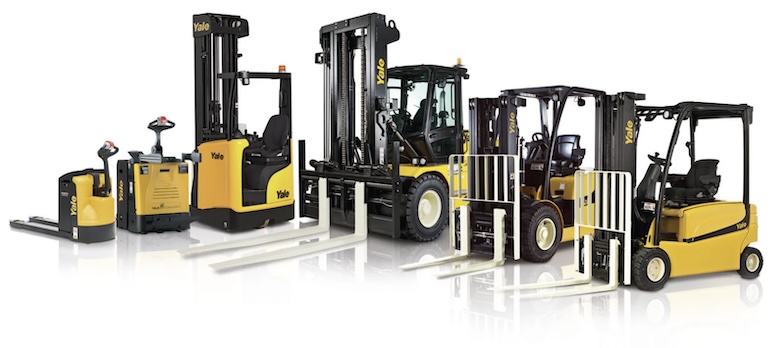
Common Types of Forklifts
Forklifts are designed with particular applications in mind, each offering unique benefits and features. Here are the seven most common types of forklifts:
Electric Forklifts
Electric forklifts are powered by batteries, making them ideal for indoor use due to their low noise levels and zero emissions. They are commonly used in warehouses, retail stores, and food storage facilities where air quality is a priority.
Internal Combustion (IC) Forklifts
IC forklifts run on fuels such as gasoline, diesel, liquid propane, or compressed natural gas. They are versatile and powerful, suitable for both indoor and outdoor applications, including construction sites, lumberyards, and manufacturing plants.
Order Pickers
Order pickers are specialized forklifts designed for retrieving items from high shelving in warehouses. They allow operators to be lifted along with the load, enabling efficient picking and packing operations.
Reach Trucks
Reach trucks are designed for narrow aisle storage and provide extended reach capabilities to access high racks. They are ideal for warehouses with limited space, allowing for higher density storage without compromising accessibility.
High-Capacity Forklifts
When it comes to lifting large, heavy objects, heavy duty forklifts are in a class all their own. These trucks offer lifting capacities ranging from 15,000-25,000 pounds and are used in a variety of environments such as ports, steel mills, lumber yards, oil refineries, and many others. Available with either pneumatic or cushion tires, high-capacity forklifts can withstand the toughest of conditions, whether you are working indoors or outside.
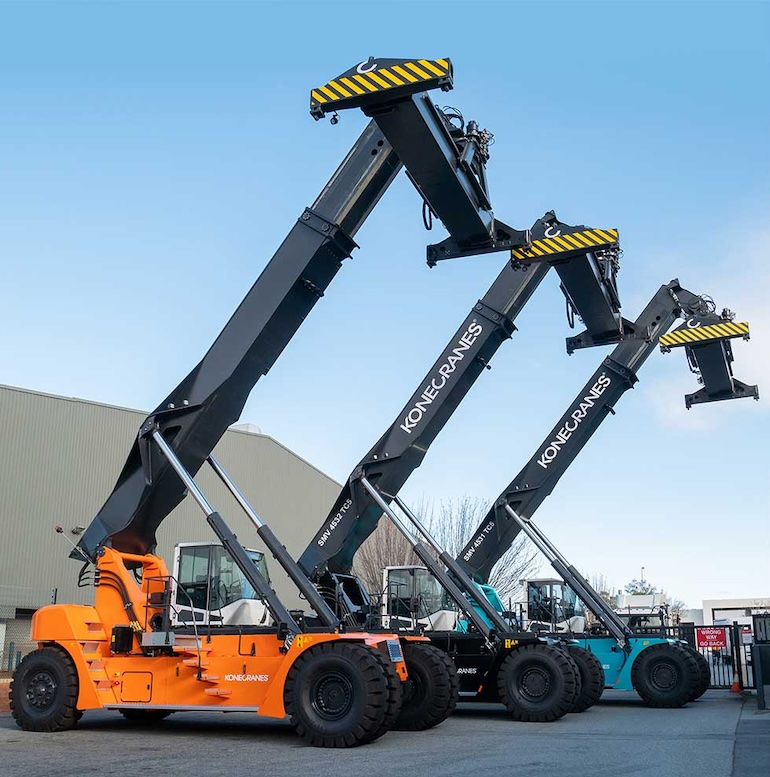
Unique attachments are also available for lifting large, oddly-shaped loads so you can complete any job quickly and efficiently. Many heavy duty forklifts are designed with air ride seats and an MD4 touch screen display that allow you to monitor your engine and systems, all while delivering premium comfort for more hours of productivity.
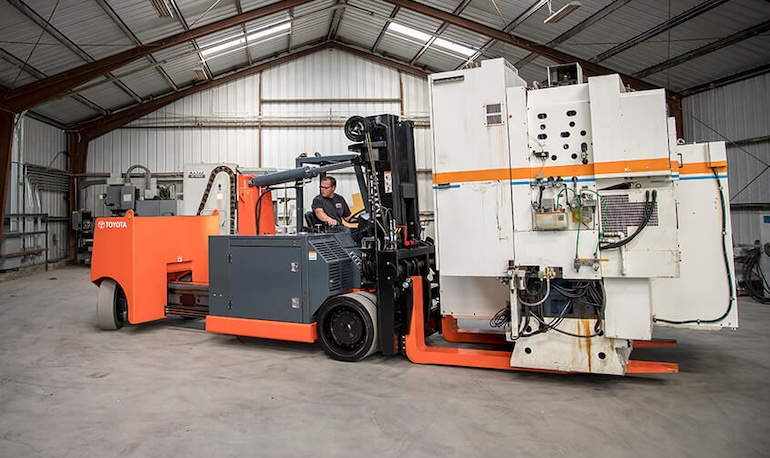
Heavy duty forklifts allow you to gain more efficiency and higher throughput by being able to lift unique loads confidently and quickly, while smaller forklifts may not have the necessary lifting capacity. These high-capacity forklifts are equipped with load-sensing hydrostatic power steering and are manufactured for visibility to yield confidence-inspiring operability that helps keep you in complete control, no matter how heavy the load. Additionally, each forklift delivers quality, reliability, and durability, which means your operation can anticipate increased uptime and lower costs of ownership.
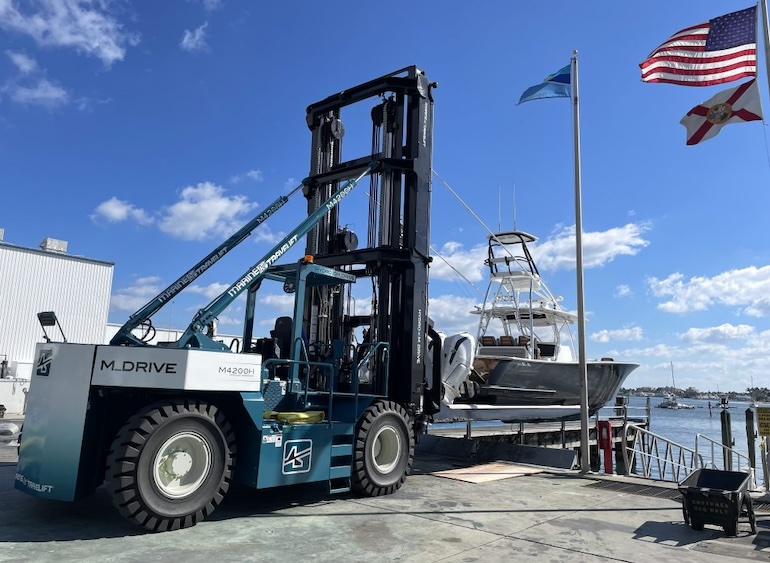
Heavy duty / high-capacity forklifts can be used in a wide variety of industries, including manufacturing, lumberyards, container handling, freight, and marinas. These forklifts are made to increase your efficiency and help you carry the heaviest loads that may seem impossible.
Pallet Jacks
Pallet jacks are basic forklifts used for moving palletized loads over short distances. They come in manual and electric models and are essential tools in warehouses, retail environments, and distribution centers. Electric pallet jacks are built to enhance productivity in your warehouse through battery-powered efficiency. They stand up to any challenge when it comes to accomplishing storage and delivery tasks. Used in various industries such as food and beverage, retail, and manufacturing, electric pallet jacks allow you to navigate even the narrowest aisles and offer unparalleled versatility. These products are perfectly suited for applications that don’t necessarily require large sit-down options.
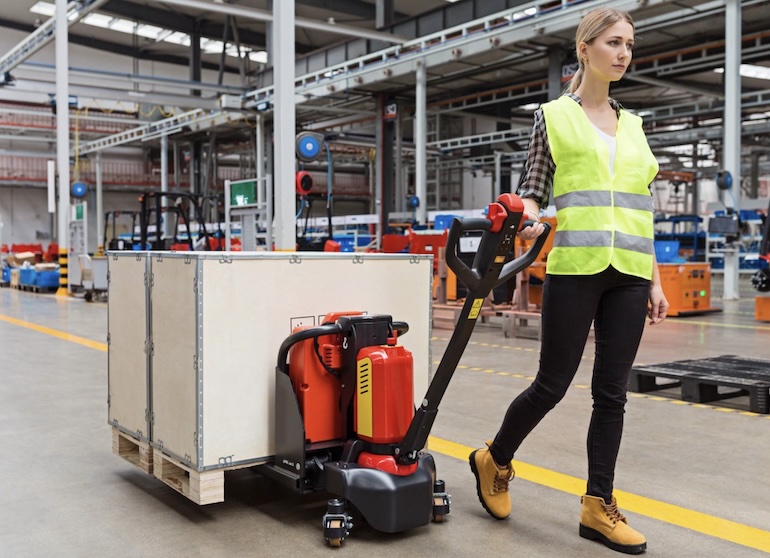
Whether you choose an electric pallet jack or another warehouse solution, each comes equipped with productivity-enhancing features that will help you increase throughput. Each model has few moving parts, which means they are less susceptible to wear and tear, leading to decreased maintenance costs and increased uptime. Whether moving material a few feet or across your facility, electric pallet jacks are the ideal supplement for your fleet.
Electric pallet jacks can be used in a wide variety of industries, including manufacturing, warehousing, beverage, food and freezer storage, and retail. They can increase efficiency and help you get the job done, no matter the environment.
Pallet Stackers
Pallet stackers are used to lift and stack pallets vertically. They are more compact than traditional forklifts, making them suitable for smaller warehouses and tight spaces where maneuverability is crucial. Electric pallet stackers have the capability to lift loads for storing them on raised platforms, such as racking or shelving. These products are ideal for loading and unloading trucks when a loading dock or forklift is unavailable. Electric pallet stackers come in various models and configurations to meet different lifting needs. They can lift up to 4,000 lbs and are powered by lithium-ion batteries, making them efficient and convenient while reducing physical labor. Electric pallet stackers allow operators to navigate even the narrowest of warehouse aisles with ease and offer unparalleled versatility, making them perfectly suited for applications that don’t necessarily require a larger sit-down option.
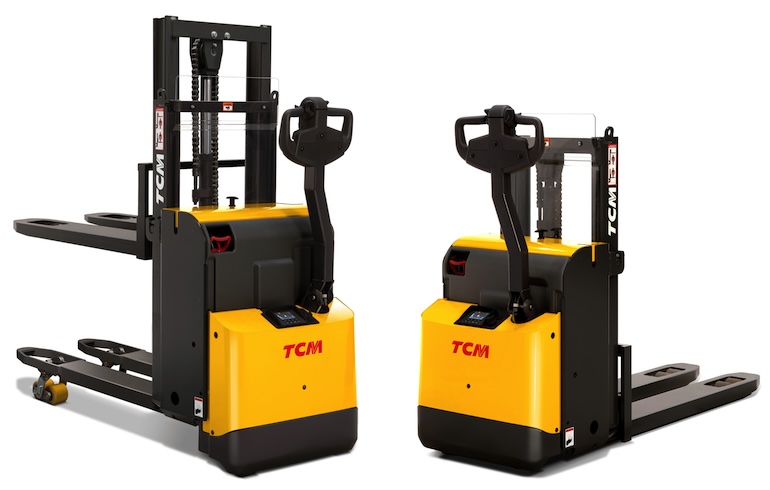
Electric pallet stackers can be used in a wide variety of industries, including general manufacturing, food and freezer storage, general warehousing, retail, and beverage. These stackers make material handling easier and more efficient, even in the tightest spaces.
Different Forklift Classes?
Forklifts are categorized into 7 classes based on their design and application. Each forklift class has distinct features and is suited to specific tasks. Let’s explore these classes in detail:
Class I – Electric Motor Riders
Class I forklifts are electric motor riders, designed for efficient indoor use. They are ideal for loading and unloading tractor-trailers, handling pallets, and various warehouse applications. The electric battery not only powers the forklift but also serves as a counterweight, enhancing stability.
Class I Forklift Key Models:
- 3-Wheel Electric Forklift
- Core Electric Forklift
- Core Electric Turret Forklift
- Large Electric Forklift
- Stand-Up Rider Forklift
- 48V Electric Pneumatic Forklift
- 80V Electric Pneumatic Forklift
- High-Capacity Electric Cushion Forklift
Class II – Electric Motor Narrow Aisle
Class II forklifts are designed for narrow aisle operations, providing excellent maneuverability in tight spaces. They are perfect for warehouses where maximizing storage space is essential. These forklifts can increase racking space without the need to expand the facility.
Class II Forklift Key Models:
- Reach Truck
- Multidirectional Reach Truck
- High-Capacity Reach Truck
- Moving Mast Reach Truck
- Indoor/Outdoor Moving Mast Reach Truck
- Order Picker
- Furniture Order Picker
- Low Level Order Picker
Class III – Electric Pallet Jacks / Stackers / Tow Tractors
Class III equipment includes a range of electric pallet jacks, stackers, and tow tractors. These machines are typically used for unloading deliveries and moving loads to staging areas. They come in both rider and walk-behind models, known as “walkies.”
Class III Forklift Key Models:
- Electric Walkie Pallet Jack
- Large Electric Walkie Pallet Jack
- End-Controlled Rider Pallet Jack
- Center-Controlled Rider Pallet Jack
- Enclosed End Rider Pallet Jack
- Walkie Stacker
- Counter-Balanced Stacker
- Industrial Walkie Stacker
- Walkie Reach Truck
- Core Tow Tractor
- Mid-Tow Tractor
- Large Tow Tractor
Class IV – Internal Combustion Engine Cushion Tire
Class IV forklifts feature internal combustion engines and cushion tires, making them suitable for indoor use on smooth surfaces. They are powered by various fuels, including diesel, LP gas, gasoline, or compressed natural gas. The solid, cushioned tires provide a smooth ride and are puncture-proof.
Class IV Forklift Key Models:
- Core IC Cushion
- Large IC Cushion
- Box Car Special
- Paper Roll Special
- High-Capacity Cushion
- High-Capacity Large Cushion
- High-Capacity Adjustable Wheelbase
Class V – Internal Combustion Engine Pneumatic Tire
Class V forklifts are similar to Class IV but are equipped with pneumatic tires, making them ideal for outdoor applications. These forklifts are durable and can handle rough terrains, making them perfect for construction sites and lumberyards.
Class V Forklift Key Models:
- Core IC Pneumatic
- Mid IC Pneumatic
- Large IC Pneumatic
- High-Capacity Core IC Pneumatic
- High-Capacity IC Pneumatic
- Loaded Container Handler
- Reach Stacker Container Handler
- High-Capacity Marina Forklift
Class VI – Electric/IC Engine Tow Tractors
Class VI equipment includes tow tractors powered by electric or internal combustion engines. These machines are primarily used for towing rather than lifting loads. They are commonly seen at airports and assembly line areas.
Class VII – Rough Terrain Forklift Trucks
Class VII forklifts are designed for rough terrain, featuring large, tractor-style tires and powerful diesel engines. They are commonly used in construction sites and lumberyards where the terrain is rugged and challenging.
How to Choose Between Gas-powered or Electric Forklifts
Deciding whether an internal combustion (IC) forklift or an electric forklift is right for your application involves several considerations. Here are some key factors to help guide your decision:
Electric Forklift Benefits
- Maintenance: Typically requires less maintenance than IC forklifts.
- Noise and Emissions: Quieter operation with no emissions, making them suitable for indoor use.
- Fuel Storage: No need for fuel storage facilities.
- Battery Compatibility: Many models offer lithium-ion battery compatibility.
- Charging: Requires a charging station for the batteries.
- Emissions: No tailpipe emissions, improving indoor air quality.
- Lifespan: Lifespan depends on the application, usage, and maintenance.
- Space Efficiency: Ideal for smaller, confined areas.
Internal Combustion Forklift Benefits
- Fuel: Operate on gasoline, diesel, compressed natural gas, or liquid propane gas.
- Versatility: Primarily used outdoors but can be used indoors with proper ventilation.
- Operating Conditions: Can function in various weather conditions.
- Battery-Free: No batteries to recharge, reducing downtime.
- Capacity: IC forklifts can lift over 51,000 lbs.
- Lifespan: Lifespan depends on the application, usage, and maintenance.
- Noise Standards: Noise emissions meet or exceed ANSI B56.1 standards.
Our forklift experts are here to help you determine the best options for your business. We will work with you to understand your specific needs and recommend the most suitable forklifts to enhance your operations.
